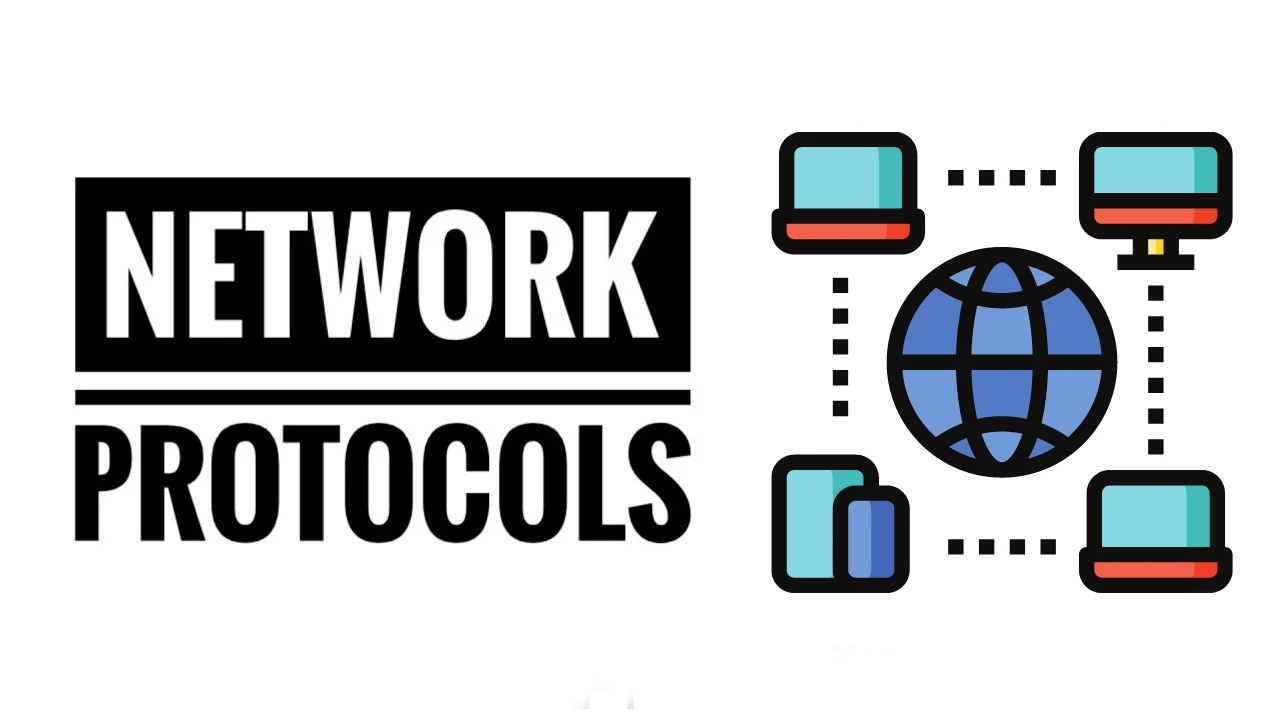Understanding Network Protocols: A Beginner's Guide to IP, TCP, DHCP & More

In today’s blog post, we’re diving into the world of network protocols—the rules and systems that allow our devices to communicate across the internet. For those of you looking to master tools like Wireshark for cybersecurity and hacking, a strong foundation in network protocols is essential. Without it, you’ll struggle to interpret the data you capture, which could impact your success.
1. IP Addresses: The Backbone of Digital Communication
IP addresses (Internet Protocol addresses) are the foundation of the internet, allowing us to send emails, join Zoom meetings, or even browse YouTube. Every device—whether it’s your phone, tablet, or computer—is assigned an IP address that acts like a digital home address, enabling devices to locate and communicate with each other.
Public vs Private IP Addresses
Given the limitations of IPv4 (which only has 4.3 billion addresses for a world with billions of devices), networks use private IP addresses for devices within local networks. These are translated to public IP addresses when accessing the internet via Network Address Translation (NAT). This helps conserve IP addresses while ensuring smooth internet communication.
2. DHCP: Dynamic IP Allocation
Instead of assigning static IP addresses to each device, Dynamic Host Configuration Protocol (DHCP) automates the process, assigning a new IP address to devices each time they connect to a network. This dynamic process helps networks manage IP address usage more efficiently, particularly in large local networks.
3. TCP/IP: Reliable Data Transfer
Transmission Control Protocol (TCP) works with Internet Protocol (IP) to ensure reliable data transmission. TCP is like a travel guide for data packets, making sure they are sent, received, and acknowledged in the right order.
- The Three-Way Handshake: Think of it as a formal conversation starter between two devices—"Hey, can we talk?" → "Yes, I'm here." → "Great, let's proceed!" This handshake ensures a secure, reliable connection before data is exchanged.
4. UDP: The Faster, Carefree Protocol
Unlike TCP, User Datagram Protocol (UDP) is faster but less reliable. It skips the handshake and sends data without confirming receipt. This makes it ideal for applications like streaming, where losing a few data packets doesn’t cause a major disruption.
5. ARP: Translating IPs to MACs
The Address Resolution Protocol (ARP) helps devices match IP addresses to MAC addresses, enabling proper device-to-device communication on Ethernet networks. However, this protocol is also a target for attackers who exploit it for man-in-the-middle attacks.
6. DNS: The Internet’s Phonebook
Without Domain Name System (DNS), we’d be stuck memorizing IP addresses for every website. DNS acts like a translator, converting human-readable domain names (like www.google.com) into machine-friendly IP addresses, making browsing much easier.
7. FTP: Transferring Files Across Networks
While less common today for public file sharing, File Transfer Protocol (FTP) is still used for secure, private file transfers in industries like banking. FTP clients communicate with servers to upload, download, or modify files over a network.
8. SMB & Network File Sharing
Server Message Block (SMB) enables file and printer sharing across local networks, making it crucial for businesses and collaborative environments. However, SMB vulnerabilities have made it a common target for attackers over the years.
9. SNMP: Network Management Made Easy
Simple Network Management Protocol (SNMP) helps manage and monitor network devices, providing administrators with vital information about network performance. But if breached, attackers can gain full visibility and control over the network.
10. Telnet: An Old Protocol with Security Risks
Telnet allows remote device access but lacks encryption, making it obsolete for secure communications. Modern protocols like SSH (Secure Shell) have replaced Telnet due to its vulnerability to interception and attacks.
11. HTTP: The Foundation of Web Communication
Finally, the Hypertext Transfer Protocol (HTTP) facilitates data exchange between web servers and browsers, enabling us to browse websites. While HTTPS adds a layer of security, HTTP still forms the backbone of most web traffic today.
Conclusion: Why Understanding Protocols Matters
Mastering network protocols is crucial for anyone interested in cybersecurity or network management. These protocols not only facilitate smooth communication across the web but are also pivotal in hacking and defense strategies. With this knowledge, you'll be better equipped to use tools like Wireshark and tackle more advanced networking concepts.
Stay tuned for our future post where we dive into Wireshark—the go-to tool for network analysis!
